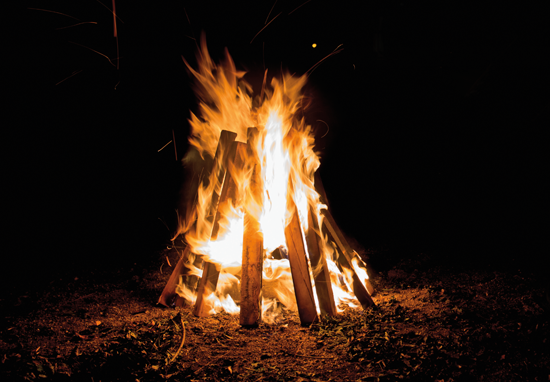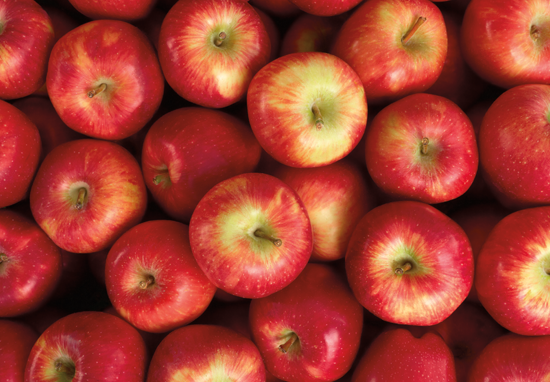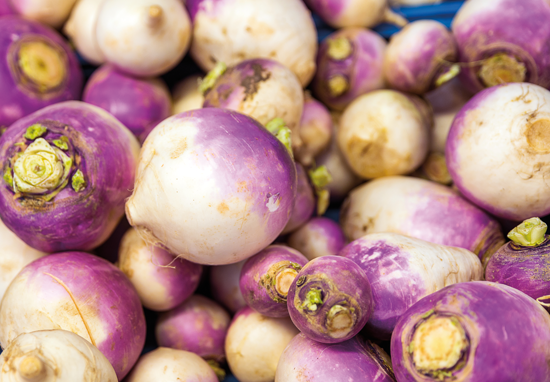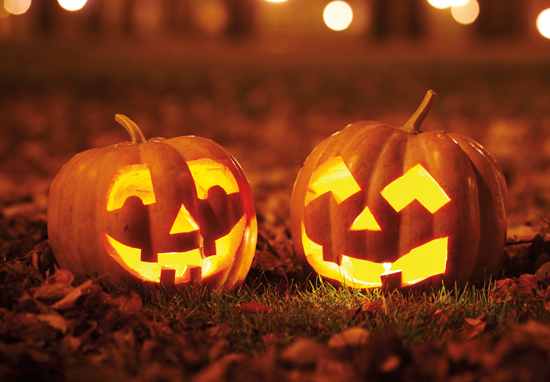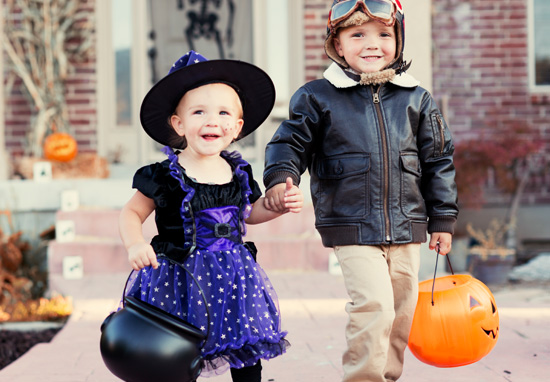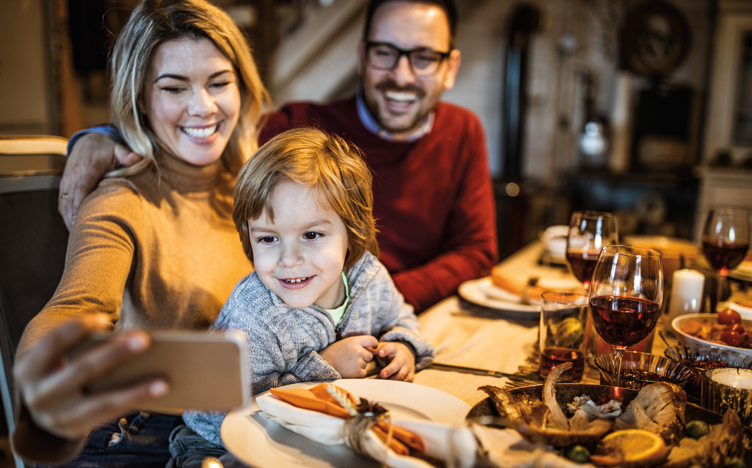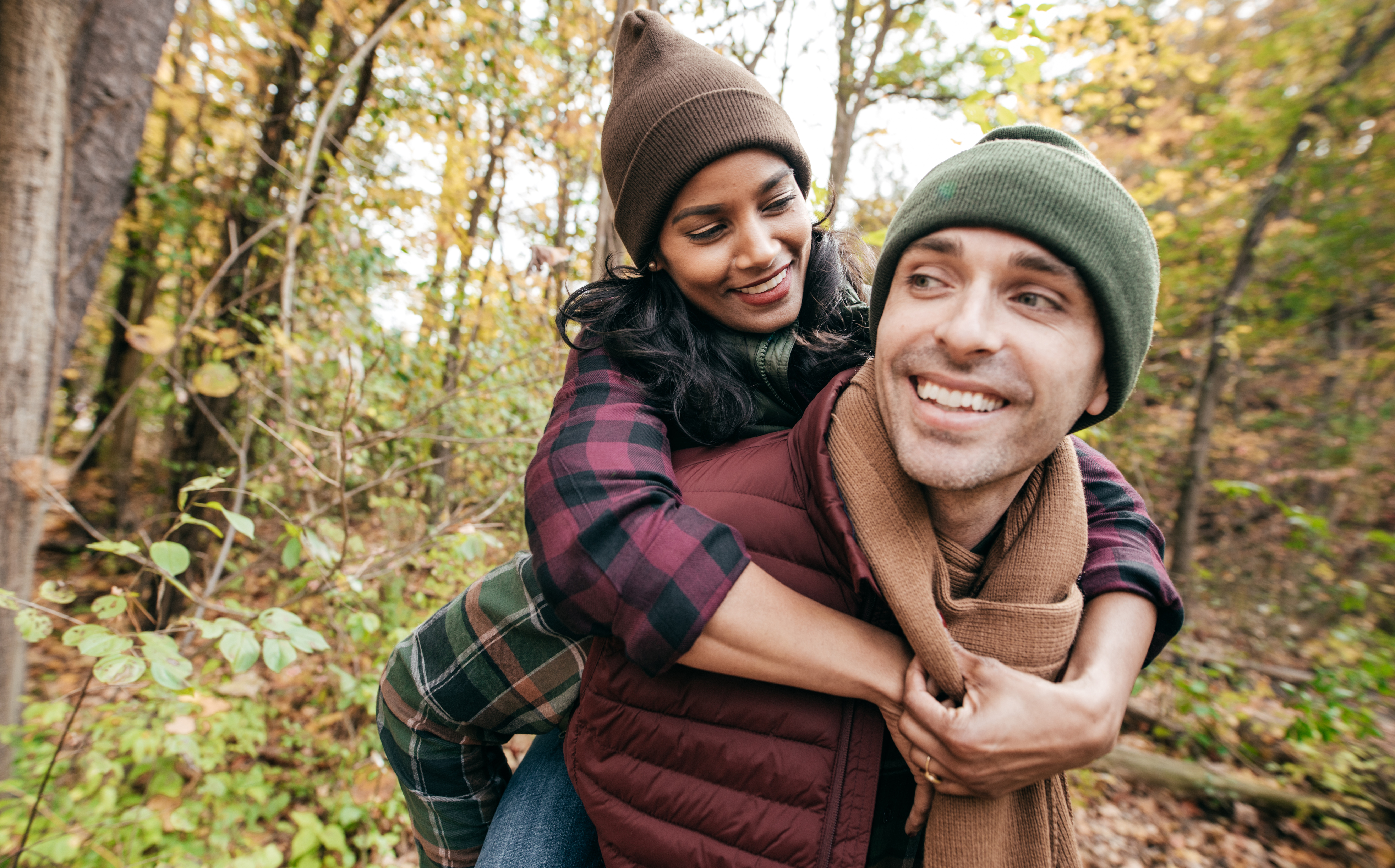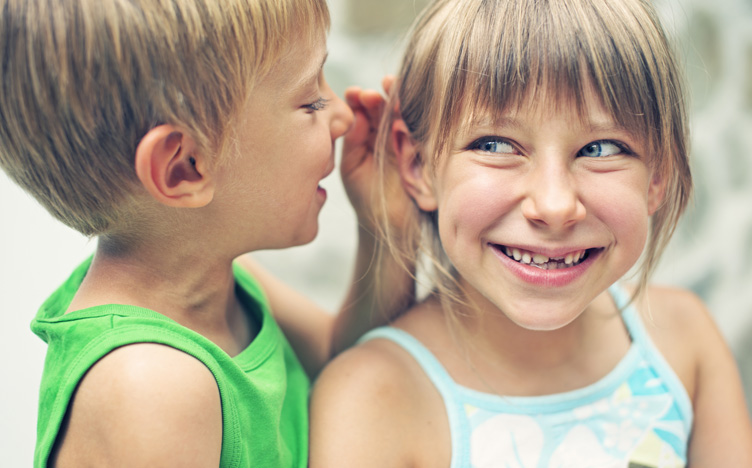Today’s family-friendly Halloween traditions of candy, jack-o’-lanterns and kids dressed as their favorite animals and superheroes are lighthearted versions of rituals that started in Europe many years ago.
Fun + Inspiration
History of oral health: the source of our sweet and spooky traditions
1800S
European immigrants brought Halloween traditions to America. Irish “mumming” and German “belsnickling” involved dressing in costume and going house-to-house for cakes. Americans began using pumpkins instead of turnips for jack-o’-lanterns. The holiday started becoming more about community and kids, and less about death and ghosts.
Halloween can be scary for your oral health. Keep your celebration healthy and reduce your chances of tooth decay by:
• Filling up on a healthy meal before indulging in sweets.
• Choosing plain chocolate, which melts faster than other candies.
• Avoiding hard and sticky candies such as lollipops, gummy bears and taffy.
• Drinking water to wash away sugar left behind by treats.
• Brushing and flossing regularly, but especially after eating Halloween goodies.






